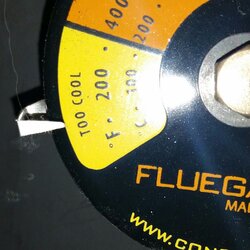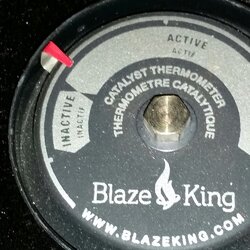DuaeGuttae
Minister of Fire
I think it was the 2015 thread in which the swoosh just would not go away. There were petitions for retrofit stickers with numbers, and for every cry of "it doesn't matter because no two installs are the same", there were four posts asking for factory calibrated burn time stickers.... every "you don't have the same wood as the factory calibration guy" was met with "if I buy a used stove on ebay, will it have numbers?".
Bretheren, let us remember. (Because it makes us need a drink, and that's all good.)
Definitely 2015. I was sick, sick, sick for months. I stayed in bed quite a lot, often too sick even to read. My sister-in-law gave me an iPad to help me pass the time. At some point I pulled up that 2015 Blaze King Performance thread and started reading. I got all the posts coming one after another and just cracked up laughing. My husband came rushing in to make sure there was no emergency, and there I was laughing over the great swoosh debate of 2015. We still speak of it fondly. Thanks, guys!



 Brrrr down there. Or rather refreshing in the AM I should say!
Brrrr down there. Or rather refreshing in the AM I should say! 
